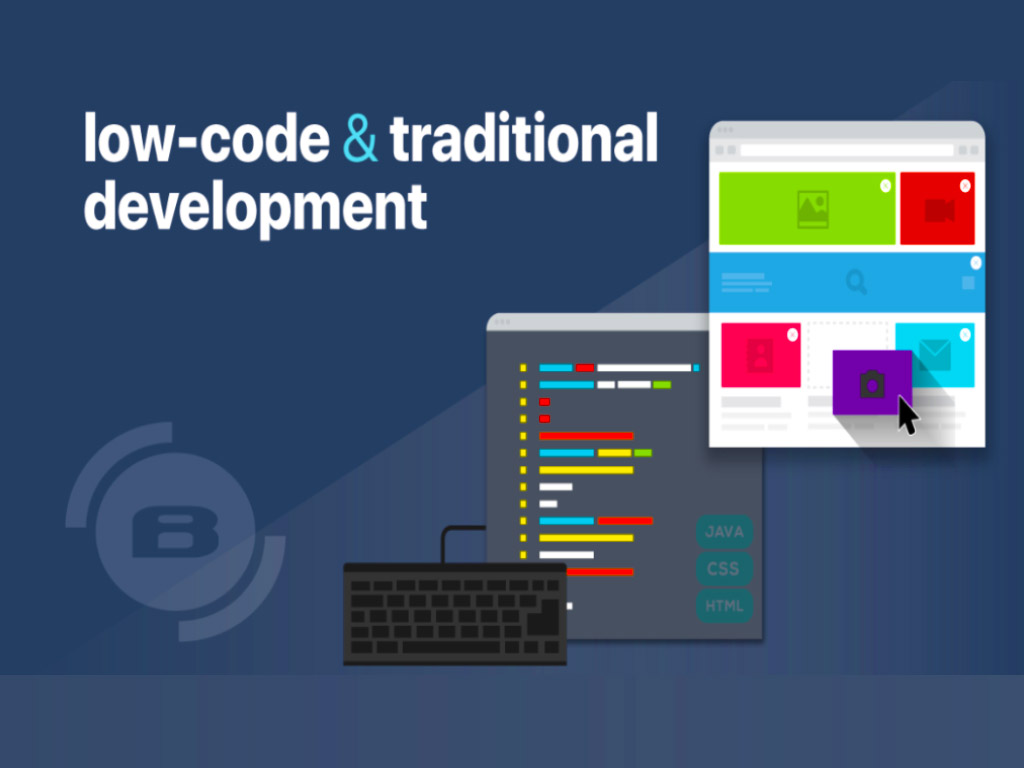
What is a Web Framework, and Why Should I use one?
The aim of frameworks is to provide a common structure so that developers don't have to redo it from scratch and can reuse the code provided. In this way, frameworks allow us to cut out much of the work and save a lot of time. To summarize: there's no need to reinvent the wheel.
As software developers, we are tasked with building complex systems that can accomplish a wide range of tasks. To achieve this, we rely on programming languages, libraries, and tools that help us write efficient and maintainable code. But one of the most critical tools in our arsenal is the software development framework. In this blog post, we will explore why using a framework in coding is so important and how it can help us write better software.
To summarize, there's no need to reinvent the wheel.
Frameworks are a huge help to developers in designing products. They provide an infrastructure that has already figured out the low-level details, allowing the developer to focus on the unique details of the specific project. The developer also has to write less code. And less code means less chance for bugs and less development time, which saves money.
What is a framework?
A framework, or software framework, is a platform that provides a foundation for developing software applications. Think of it as a template of a working program that can be selectively modified by adding code. It uses shared resources – such as libraries, image files, and reference documents – and puts them together in one package. That package can be modified to suit the specific needs of the project. With a framework, the developer can add or replace features to give new functionality to the application.
Why Should I use framework?
1. Frameworks provide structure
When you start a new software project, it can be challenging to know where to begin. With so many libraries and tools available, it's easy to become overwhelmed. A framework provides a structure and a set of guidelines that help you organize your code and build your application. This structure ensures that your code is easy to read, maintain, and extend over time.
2. Frameworks speed up development
Writing software from scratch can be a time-consuming process. Using a framework can help speed up development by providing pre-built components, libraries, and templates that you can use to create your application. This can help you avoid writing boilerplate code and focus on building features that are specific to your application.
3. Frameworks encourage best practices
Frameworks are designed with best practices in mind, and they encourage developers to follow these practices. For example, many frameworks encourage the use of the Model-View-Controller (MVC) architecture, which separates an application's data, user interface, and control logic. By following these best practices, you can ensure that your code is well-structured, maintainable, and easy to debug.
4. Frameworks provide security
Security is a critical concern for any software application. Frameworks can help ensure that your application is secure by providing built-in security features, such as input validation, authentication, and authorization. These features can help protect your application from common security vulnerabilities and ensure that your users' data is safe.
5. Frameworks provide community support
Many popular frameworks have large and active communities of developers who contribute to their development and maintenance. This community support can be invaluable when you encounter a problem or need help with a particular feature. The community can also provide feedback on your code and help you improve your skills as a developer.
Final Thoughts
In conclusion, using a framework in coding is essential for building maintainable, secure, and efficient software applications. Frameworks provide structure, speed up development, encourage best practices, provide security, and offer community support. By leveraging the power of frameworks, developers can focus on building great software without getting bogged down in the details of implementation.






